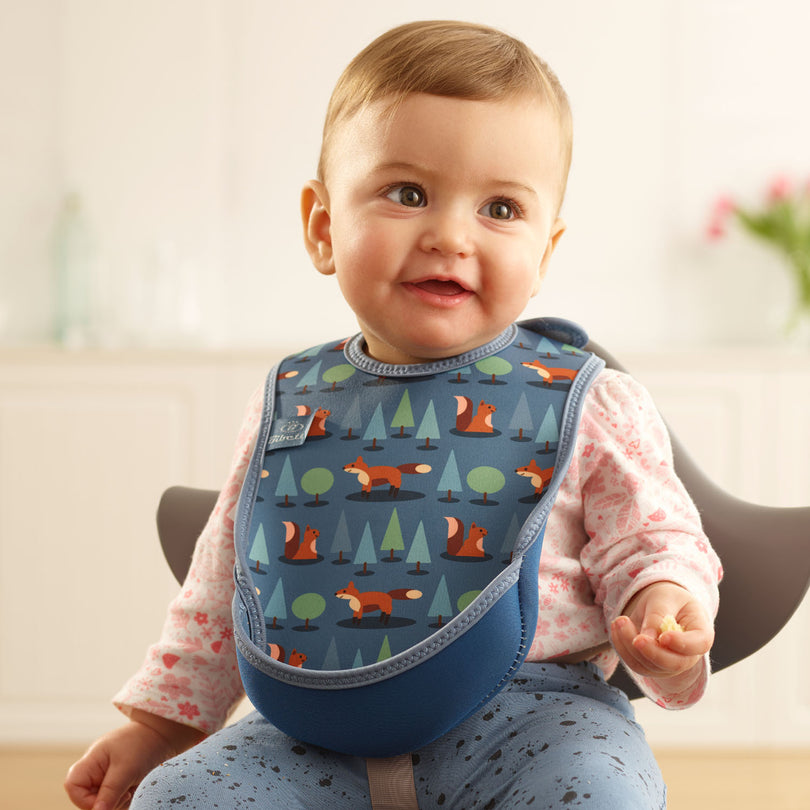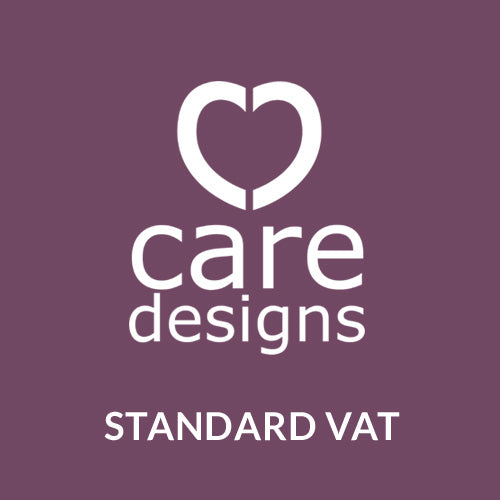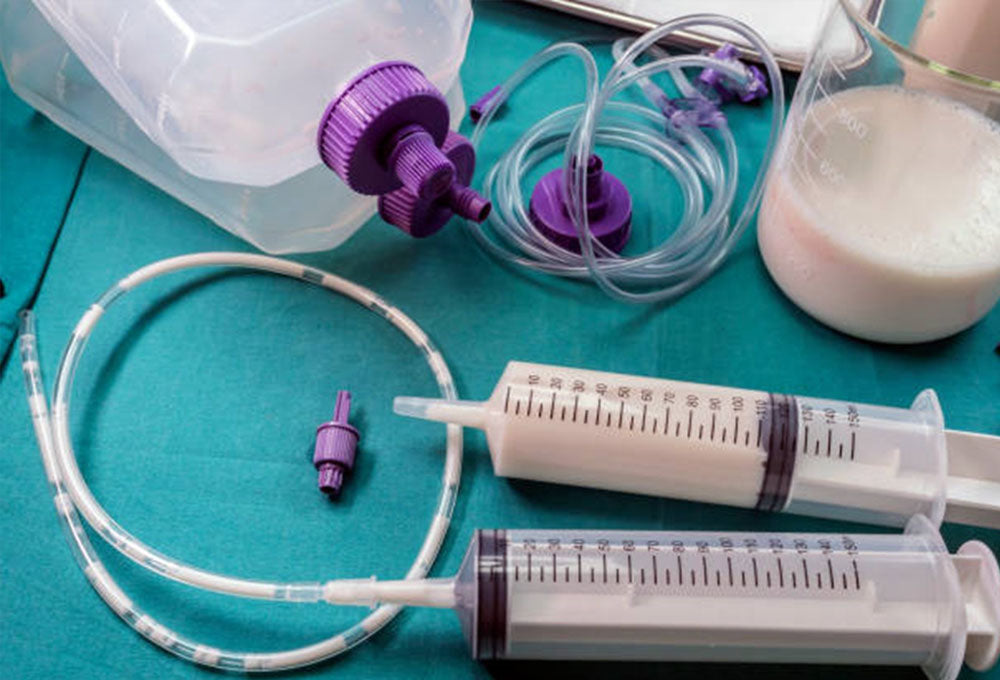What exactly is Enteral Tube Feeding?
Enteral Tube feeding is a means of administering essential nutrients via a feeding tube. It enables health professional to provide a patient with food and liquid if they are not able to eat or drink orally.
Did you know that in February this year, figures were published that show that around 40,000 people in the UK are having to get their nutrient intake via a tube as they are unable to eat or drink orally.
Caring for a loved one who suddenly isn’t able to eat or drink as they used to can be extremely scary and can cause a lot of anxiety for the care-giver as well as the patient. So, it is really important that you arm yourself with all the information you need to support the person you are caring for and make sure you are confident in the reasons why this method of feeding is essential for the health of your loved one. Here is some information about ETF, how it is administered and why it is so important.
How will the tube actually work?
In most cases, the tube will be fed into the gastrointestinal tract (GI) via the mouth and nutrients will be delivered there. It is not a painful process although some discomfort may be felt at first and sometimes a numbing spray is used to prevent the patient from gagging or coughing.
Some tubes are placed through the nose and directly into the stomach and these are usually for short term use only.
Tubes can also be placed directly into the stomach and these are done via endoscopic or radiological methods using sedation and local anaesthetic. These are usually for long term feeding.
There is also the option for tubes to be placed into the small bowel when it is necessary to by pass the stomach altogether, this could be following major operations on the digestive tract or those with severe reflux or who have a gastrectomy (surgery to remove the stomach).
Why would someone I care for need ETF?
The main reasons why a feeding tube would be used are because of the following:
- You are unable to swallow safely due to a medical condition or maybe following an operation. Swallowing food when it is unsafe to do so could result in food entering the lungs as opposed to the stomach.
- Some medical conditions can affect the appetite and mean you are not able to eat food or have no desire to do so. A tube may be administered to ensure you are staying nourished.
- You may have a condition which affects the way nutrients are absorbed from food such as issues with the small intestine. In these situations, tube feeding will be needed to supplement your diet.
Some of the most common illnesses which would potentially call for ET are as follows:
- A stroke which may impair swallowing
- Cancer which can cause fatigue, nausea and vomiting
- Critical illness or injury
- Failure to thrive or inability to eat in children
- Serious illness which places the body in a state of stress.
- Neurological or movement disorders that increase calorific requirements while making it hard to eat
- GI dysfunction or disease.
Why is it so important?
Tube feeding allows a person to take the food when they feed ready to do so. Some people may find eating so hard, that mealtimes become increasingly stressful. Having the feeding tube will allow the person to get their nutrition when they feel ready to do so, and in a way which won’t cause stress.
Tube feeding is essential in ensuring that a person maintains their energy levels. Giving nutrition via tube feeding can really support a person whilst they navigate day to day life by allowing them to have the energy to live as normal a life as possible. This may mean allowing them to go out and meet people, go to the shops, visit family etc. Enteral tube feeding also means that a mixture of essentials nutrients including the macronutrients, help to reduce weight loss and maintain a healthy weight for an individual.
What is the roll of a Dietician in EFT?
There are many types of feeds which can be prescribed for patient needing an ET but it is vital that a Dietician is involved to ensure that the appropriate feed is chosen for the individual and their specific needs. Factors to consider include when deciding on the correct feed are things like diarrhoea in the patient, motility issues and diseases such as kidney disease.
Caring for someone at home
Home Enteral Feeding (HEF) is something we are seeing increasing each year. In the UK, a 42.78% increase over a 10-year period has been reported of patients receiving HEF.
What is interesting to see is that research has shown that HEF can significantly improve clinical outcomes and make huge financial savings die to improved weight gain, reduced infections and lower numbers of hospital admissions.
If you are supporting someone who is using ET for their nutrient intake, it is vital that you are in constant contact with the Dietician who is assigned to your loved one. Ensure that you speak to them around any concerns and if you are supporting someone with HEF, then ensure you have been given the correct training to administer this vital system. If in doubt, always ask!
This blog was written by Theresa of Your Family Nutritionist.







